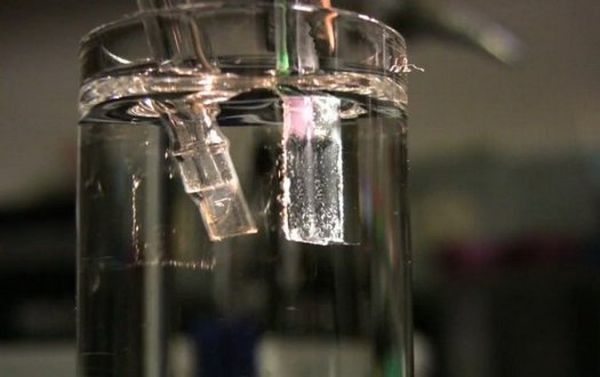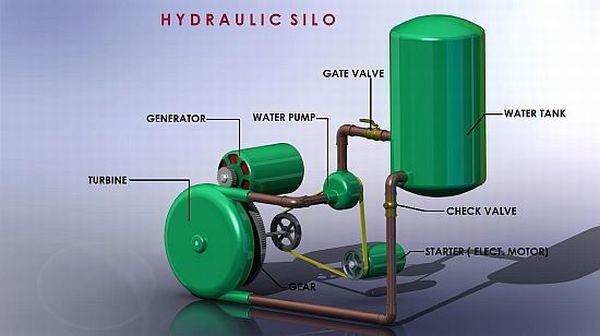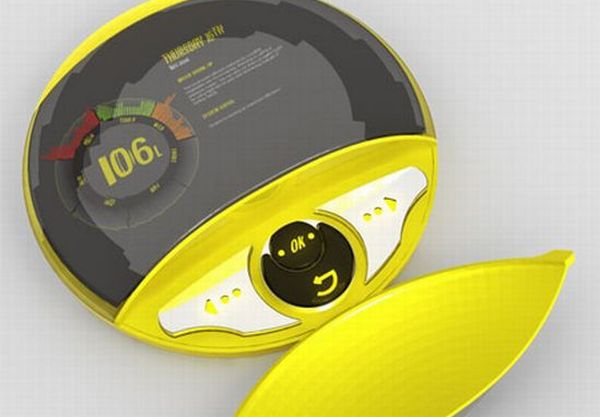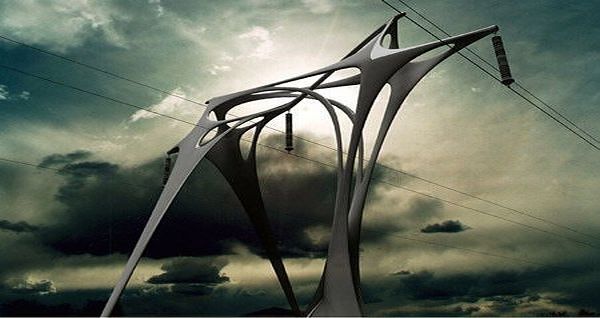
As we know it
The human civilization is heavily dependent on energy usage. Our homes use electricity for lighting, heating water, for the appliances we use and for our communication and entertainment needs. All of us are aware of the anger and frustration we feel if the electric supply to our homes or workplace is interrupted even for a few hours. Over 80 per cent of global energy production comes from large centralized power plants burning fossil fuels. These emit some 8 billion tons of CO2 into the atmosphere. The clean energy alternatives to such large centralized power plants are hydro-electric and nuclear power. Hydro power is good where it is available, but is capital intensive. Nuclear power has had a major setback post Fukushima. Solar PV and wind are comparatively small energy sources.
Instead of large centralized power plants generating thousands of megawatts, if the power needed for each home or small business could be generated by small power plants of 1 to 5 kilowatt capacity, some clean energy alternatives could emerge.
Need for change
Scientists have pointed out that the solar energy radiation reaching the earth is several thousand times the total energy consumed by us. What is needed is the means to harvest this energy effectively. The oceans that cover over 70 per cent of earth have virtually infinite reserves of water. Water is made up of Hydrogen and Oxygen. Hydrogen is a clean fuel and Oxygen release into the atmosphere will help improve air quality. Hydrolysis of water needs energy and if that can be derived from the sun, we have an infinite source of clean energy.
Some interesting ideas are emerging for generating power from water in each home in a simple and cost effective manner. Alongside serious scientific research, there are also some utopian ideas.
Trends
1. MIT professor Dan Nocera’s concept

Dr. Daniel Nocera of the Massachusetts Institute of Technology has come up with a process to hydrolyze water on a small scale at room temperature that he imagines could be an individual home’s self-contained power source.
What’s new?
Dr. Nocera and his team have demonstrated that water can be hydrolyzed into Hydrogen and Oxygen at room temperature, using solar energy from a small 6 meter X 5 meter solar panel on the roof. The MIT team has developed liquid catalysts made of cobalt metal and potassium phosphate that is the game changer. When electric current from the solar panel flows through an electrode, oxygen gas is liberated. Another liquid catalyst made from platinum causes hydrogen gas to be liberated. These gases can be stored in containers and piped into a fuel cell to generate electricity. The gas containers can store hydrogen and oxygen gas in the daytime and continue to feed the fuel cell at night when the hydrolysis process is interrupted due to stoppage of solar power production.
The catalyst materials are plentiful in nature and non-toxic. The water needed to produce electricity for an average size home is only about 5 liters.
What difference will it make?
This invention, when fully validated and commercialized, will bring into being a truly distributed source of energy for humankind. Each home, whether in the developed world or in a remote backward part of the globe would be able to generate the energy they use. The era of massive centralized power stations and transmission and distribution lines could end.
Problems
The invention has outstanding features and Dr. Nocera’s credentials with the MIT pedigree encourages belief. By his own estimates, it would be some 10 years before this invention becomes commercialized.
One concern is that Hydrogen gas is very highly inflammable and the production and storage of this gas at homes needs to be made absolutely safe.
2. Hydraulic Silo

The Hydraulic Silo, proposed as a concept by Dindo Mangubat, is a mini hydroelectric plant to generate electricity for the home.
What’s new?
Water stored in an overhead tank, drives a small hydraulic turbine to produce electricity. The water is recycled and sent back into the tank by a water pump. Dindo Mangubat suggests that once the system starts to produce power, the external power source can be removed and the pump will be driven by pulleys and belts coupled to the hydraulic turbine.
What difference will it make?
Both water and electricity are needed in the home and using the energy stored in the overhead water tank is interesting. The system uses no external catalysts or reagents and is therefore simple. The components used are well known and the cost would be affordable for the home owner.
Problems
This concept comes into the category of perpetual motion machines which are theoretically impossible. Perhaps if the energy for pumping water is derived from solar PV panels, the idea may just be feasible. The energy available in a 10,000 to 20,000 liter overhead water tank will be insufficient to power even the water pump, let alone the other electrical needs of the home.
3. Eco Electric

The Eco Electric is meant as a water usage measurement gadget rather than as an energy generating device. It is meant to monitor the volume of gray water that is flushed out into the household drains. The readout of the usage information helps promote water conservation.
What’s new?
The Eco Electric has an in-built small turbine that gets operated by the water flow through the meter. The electricity generated is primarily intended to power its own electronic readouts. It is, of course, possible to feed the excess energy into the home mains system.
What difference will it make?
Water usage needs to be controlled and the feedback of hourly consumption patterns will help bring about awareness. To that extent this device is useful.
Problems
Expecting this device to produce any significant amount of electrical energy is unrealistic. The total energy that the waste water flow can generate will be minuscule and will have no discernible impact on the home energy usage.




